AC Milan secured their first away win of the season against Sampdoria on Saturday night but they were made to work very hard for it due to some controversial incidents.
Milan met with a familiar face in Marco Giampaolo who had an ill-fated 111-day tenure as head coach of the Rossoneri, and it was a game full of drama. Junior Messias opened the scoring early on, but Rafael Leao was sent off after receiving a second yellow card in the opening minute of the second half.
Filip Djuricic then equalised for Sampdoria with a goal that looked very close to being offside, yet Olivier Giroud won and converted a penalty in the final 20 minutes to secure the win for the 10-man Rossoneri. Here is a tactical analysis of the game…
Giampaolo’s approach
After the breathless Milan derby win and a stern test against Salzburg, Milan had a not so easy match against Sampdoria. Pioli wanted to ring in the changes but injuries to Origi and Rebic meant he could only change Saelemakers and Bennacer from the Salzburg XI.
The most important part of this analysis is how Sampdoria lined up against Milan, as Giampaolo used a not so conventional 4-1-4-1 system compared to his usual preferred 4-3-1-2, one that evokes bad memories for Milanisti.
The 4-1-4-1 gave Sampdoria central dominance but also good opportunity to overload the wings and not allow Milan to progress through the flanks.
Sampdoria used a mix of man-marking and zonal marking to press Milan high up the pitch with Caputo as the lone striker and Villar as the defensive midfielder.
The job of Villar was to act as a cushion and vertically cover the central midfielder who was pressing. If Milan decided to build play through the left then Villar would back up Rincon, and if the Rossoneri went down the opposite side he would back up Sabiri or Djuricic.
With all of their six players in close proximity to each other it would allow for quick counters.
When Sampdoria had the ball, Villar would help to push the full-backs up and create passing diamonds, a significant part of Giampaolo’s tactics.
With their wide full-backs bombing forwards they were able to target Calabria and create numerous 2v1 opportunities down Milan’s right side.
Milan’s response
How Milan beat the press is very interesting. Initially they used a three-plus-one build-up splitting the double pivot. Sampdoria used Kjær as a key trigger for initiating their press and Milan were not able to vertically or horizontally beat their press.
This led to an in-game tactical change from Pioli around the 29th mark where you could see him giving instructions to Calabria.
Milan switched from a 3+1 buildup to a 3+2 build-up. In simple terms, the double pivot were asked to play close to each other while trying to build attacks.
The effect this had was as follows: it occupied the two central midfielders of Sampdoria not allowing them to double up on Kalulu or Calabria or cover the vertical pass freeing Theo Hernandez or Messias to make runs. A good example can be seen below.
— Rohit Rajeev (@keralista_v2) September 11, 2022
In this next sequence, Tonali and Pobega draw in Villar and Rincon, while Djuricic covers Calabria and Sabiri blocks the path of Kjær.
— Rohit Rajeev (@keralista_v2) September 11, 2022
This opened up an area in the left half space for Milan to collect the loose balls and release Theo Hernandez while Berezynski was busy marking Leao. Giroud got a shot on target this way.
Second half
Sampdoria wanted to take advantage of Milan being a man down after Rafael Leao picked up a second yellow card very early in the second half, and they decided to target the left given that’s the spot that was now weaker in numbers.
Kalulu got drawn out of his centre-back role to deal with the extra man. To deal with Sabiri, Tonali tried to block his path but Messias was caught in two minds, while Calabria took up the vacant position of Kjær.
Pioli responded to Samp’s equaliser by bringing on Fikayo Tomori. The logic behind the substitution was to prevent instance like that which led to the goal by bringing an extra man into the centre to boost stability.
This also allowed Milan’s only credible source of creativity – Theo Hernandez – to have a bit more freedom. Ismael Bennacer was brought into to cover the half spaces that were opening up with Sampdoria stretching Milan’s backline.
The data
To calculate the value of a player that has contributed to build up that ends up with a shot, statisticians have used a metric called as xG Chain. Here are the numbers for the Samp game.
Milan clearly wanted to close the game out while saving energy given that there are two big games on the horizon in the Champions League against Dinamo Zagreb and on Sunday versus Napoli.
The athletic data for the game seems to suggest that the team did not cover as much ground as they might usually which might be surprising given they were down to 10-men, but they preferred to remain organised and rigid to protect the lead.
Conclusion
Tactical adjustments from Pioli were a big part of this win as he reacted in the difficult moment to ensure his side stayed in the game and didn’t concede a second goal. However, the win comes at a cost as the Milan boss must now come up with a new solution to adapt to Leao’s absence against fellow high flyers Napoli.

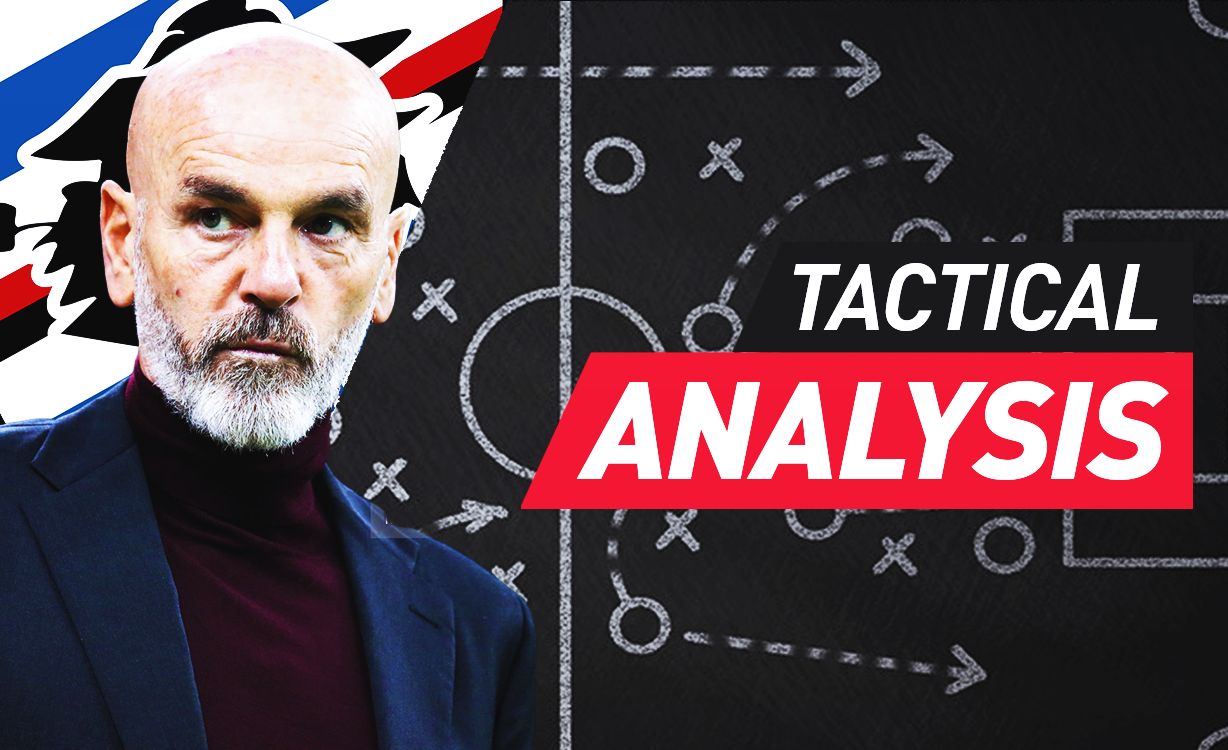

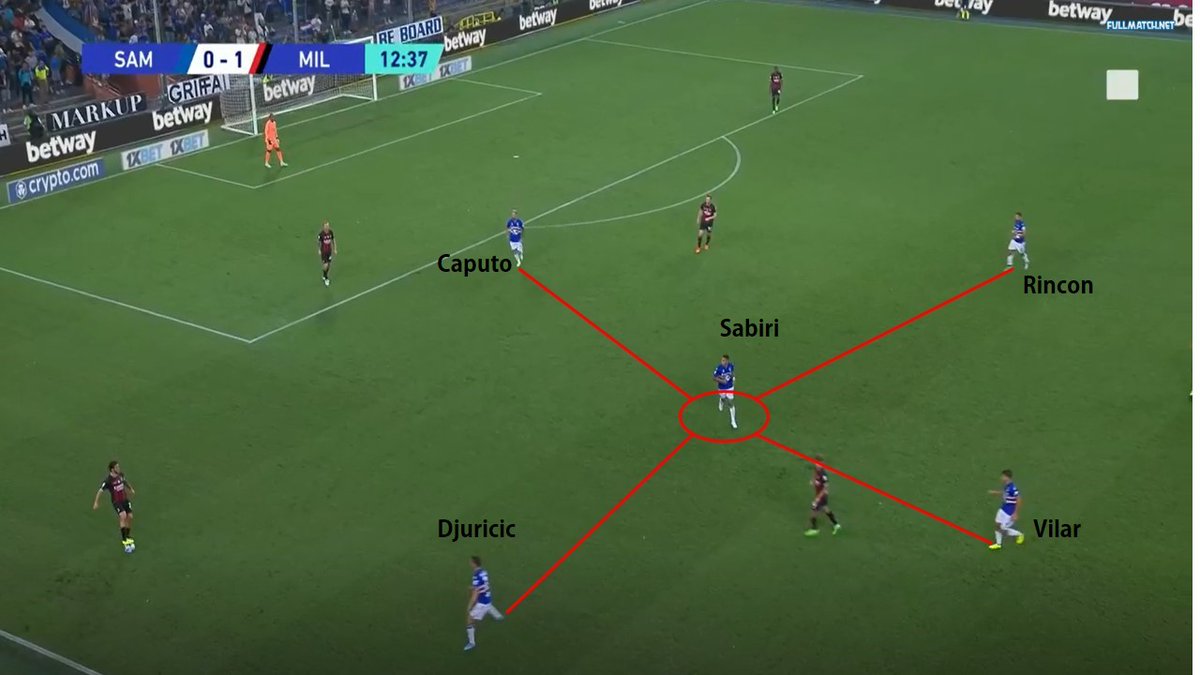
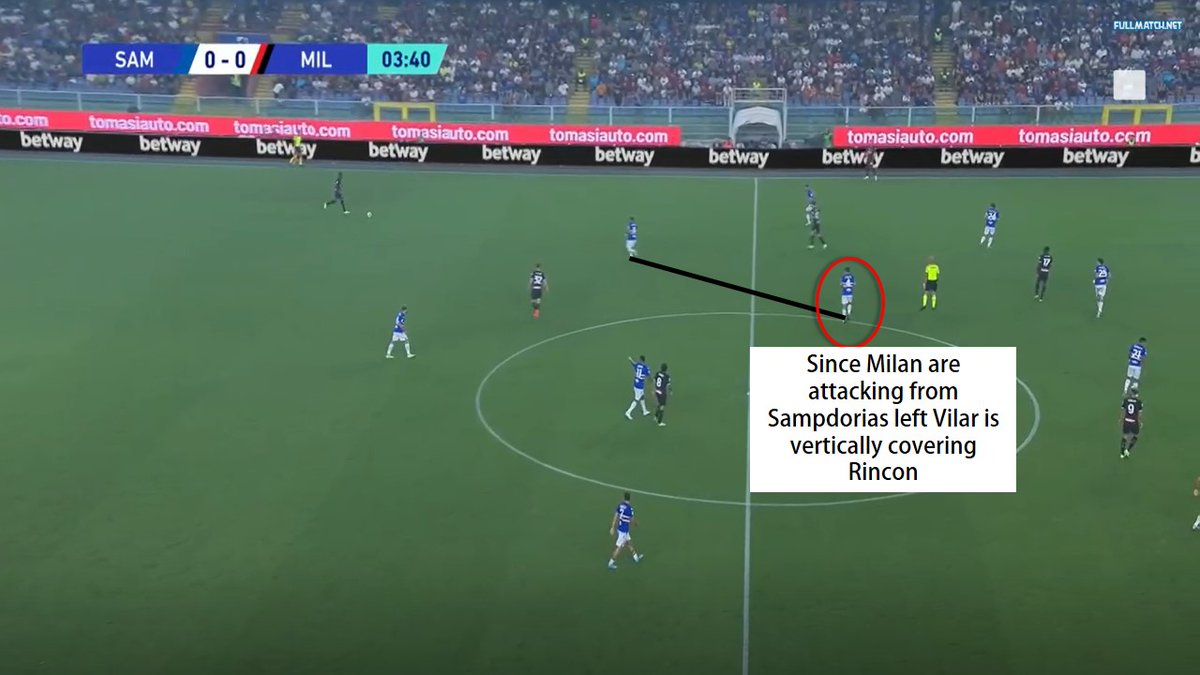

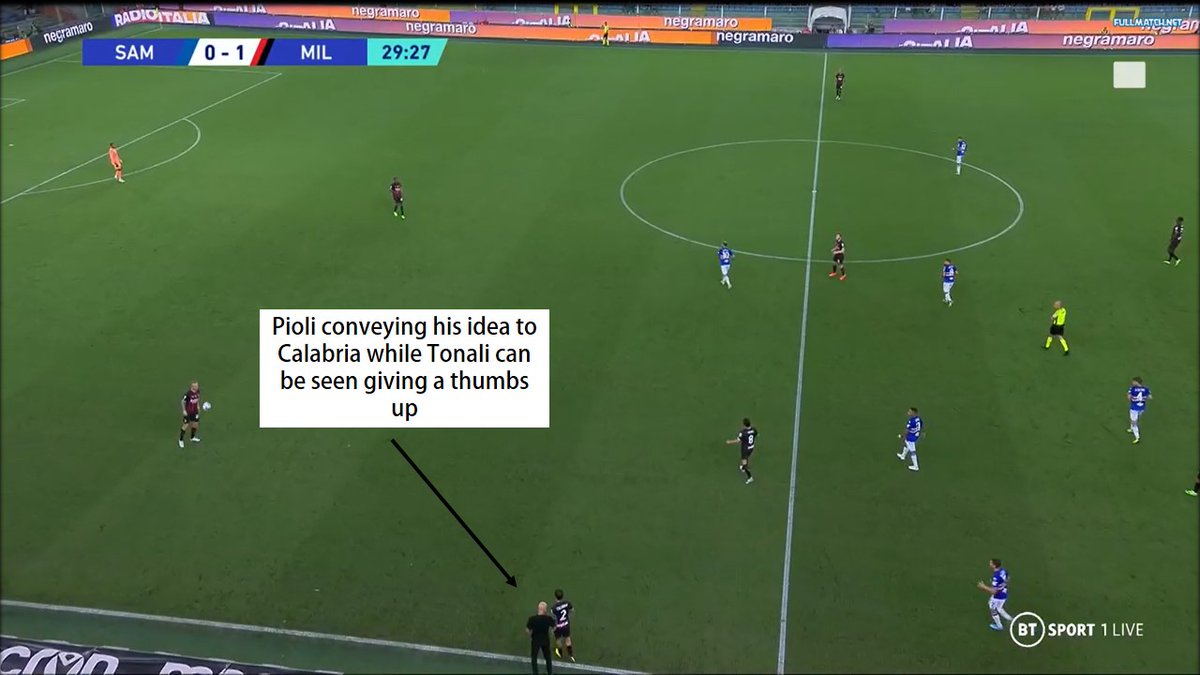




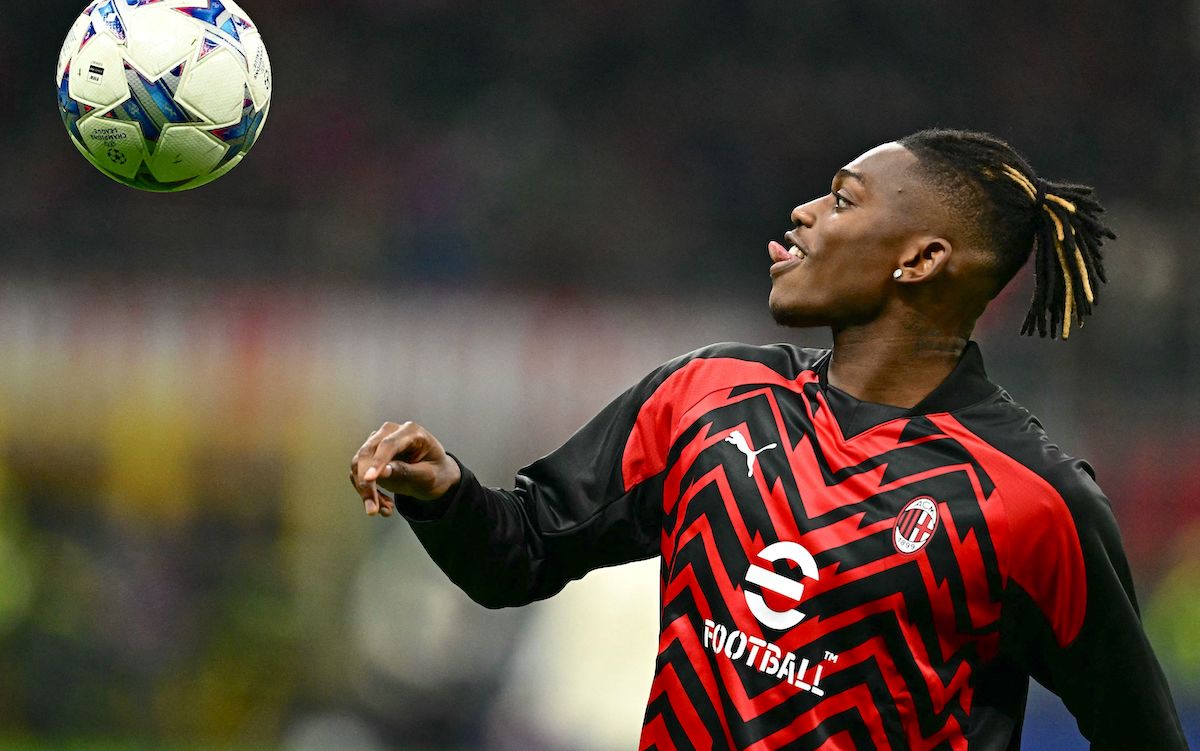

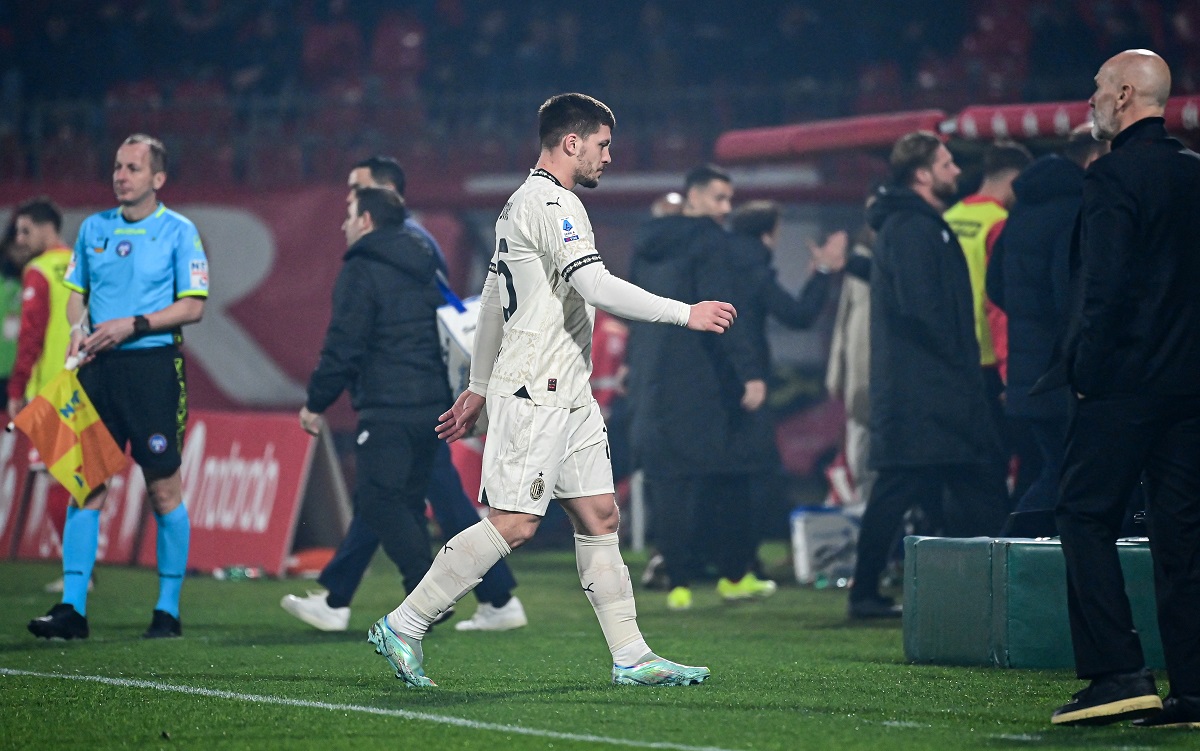

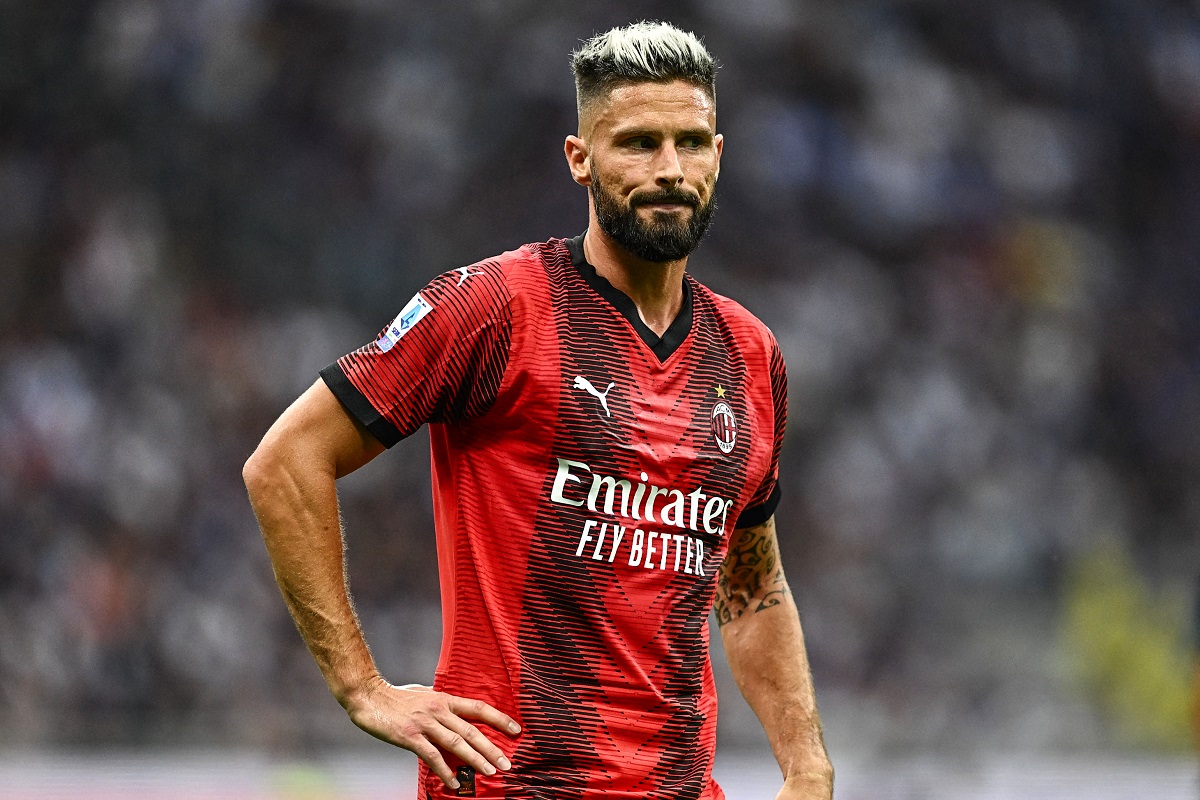
aaaaaah!! 🙁 was afraid of this, a big team with Rafa out…
Kjaer had a couple of really good long passes over the top that ended up leading to scoring opportunities. Another thing Milan misses when he’s not in there. He should definitely be starting more now that he is fit. He is a real calming presence for that defense. I don’t think Sampdoria had a shot on target before the red card.